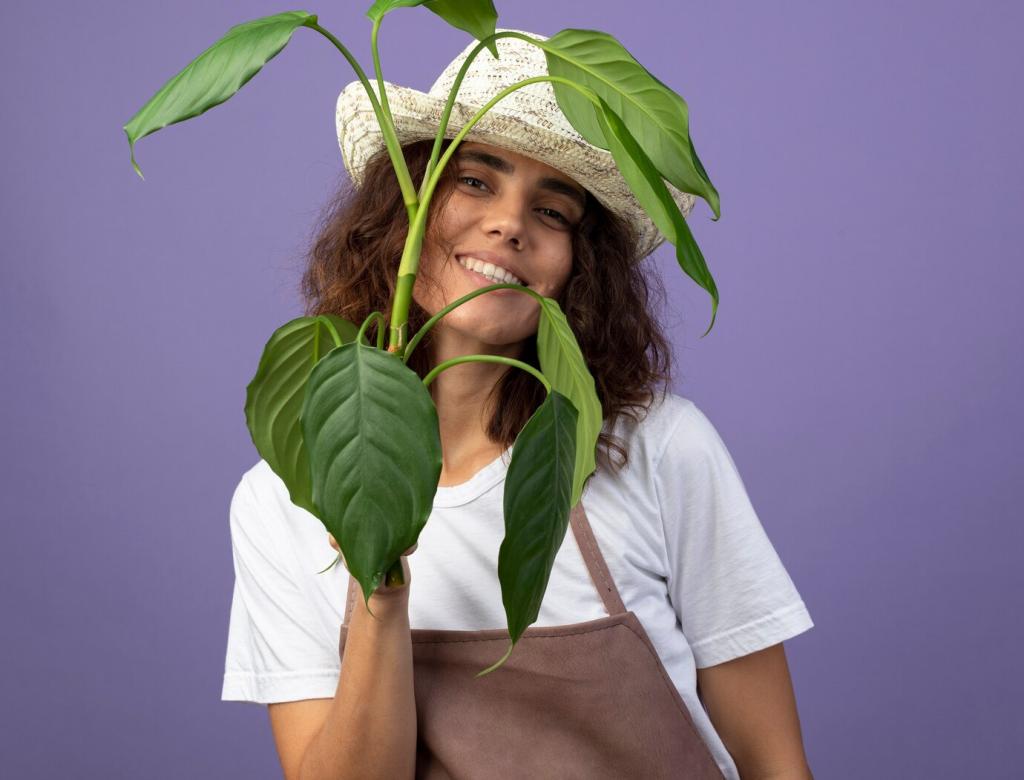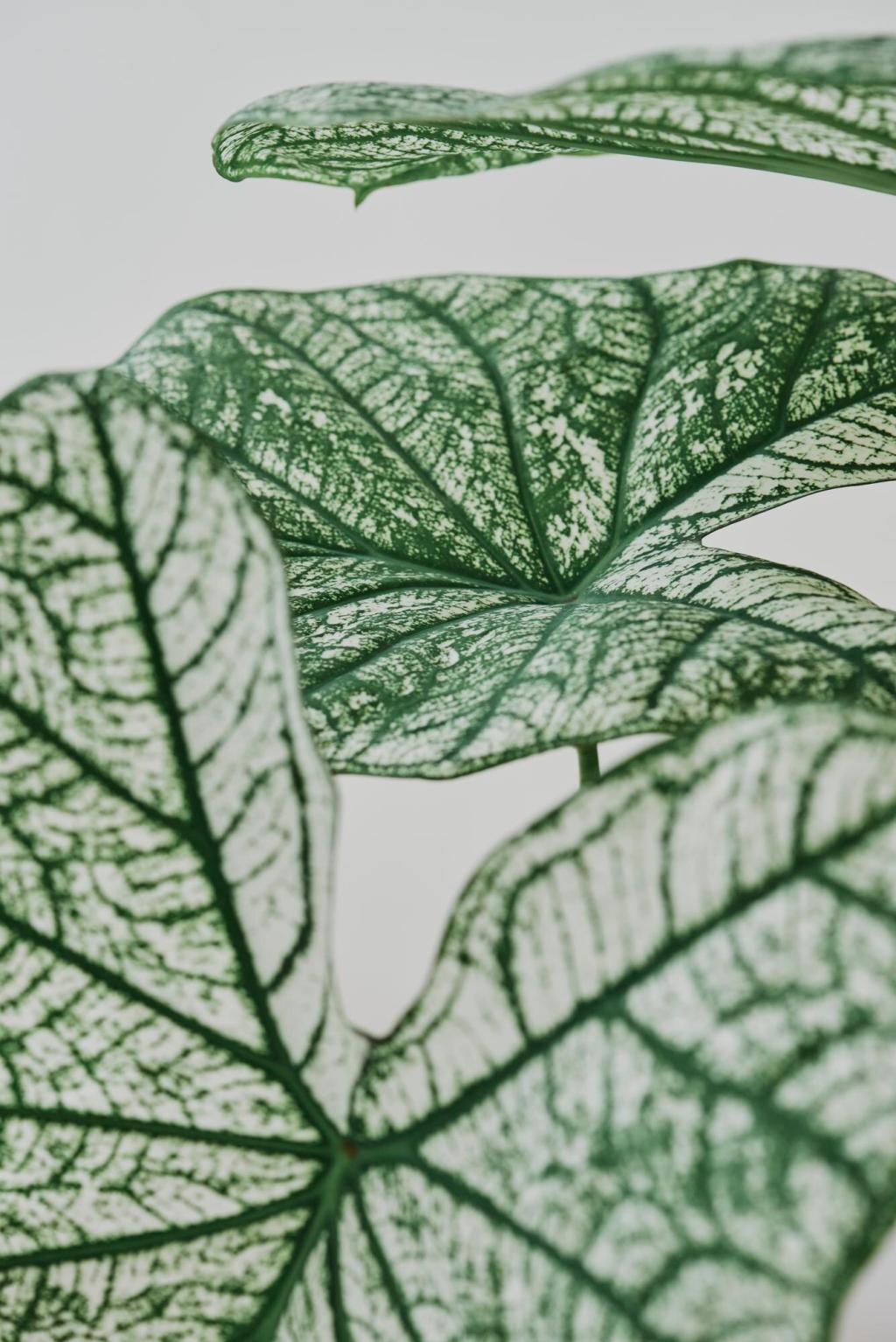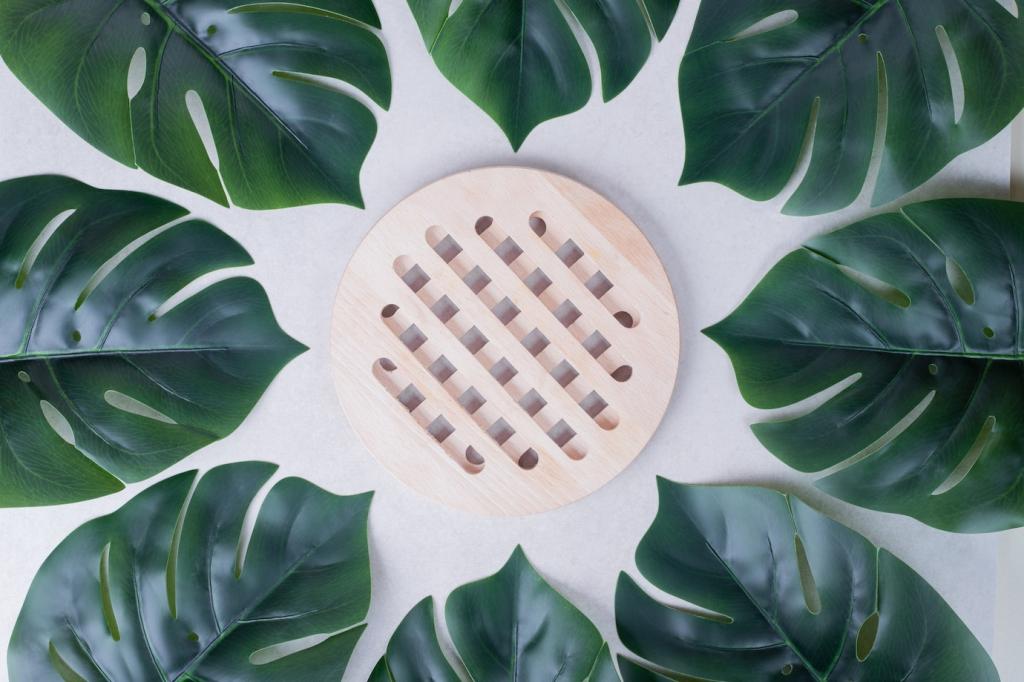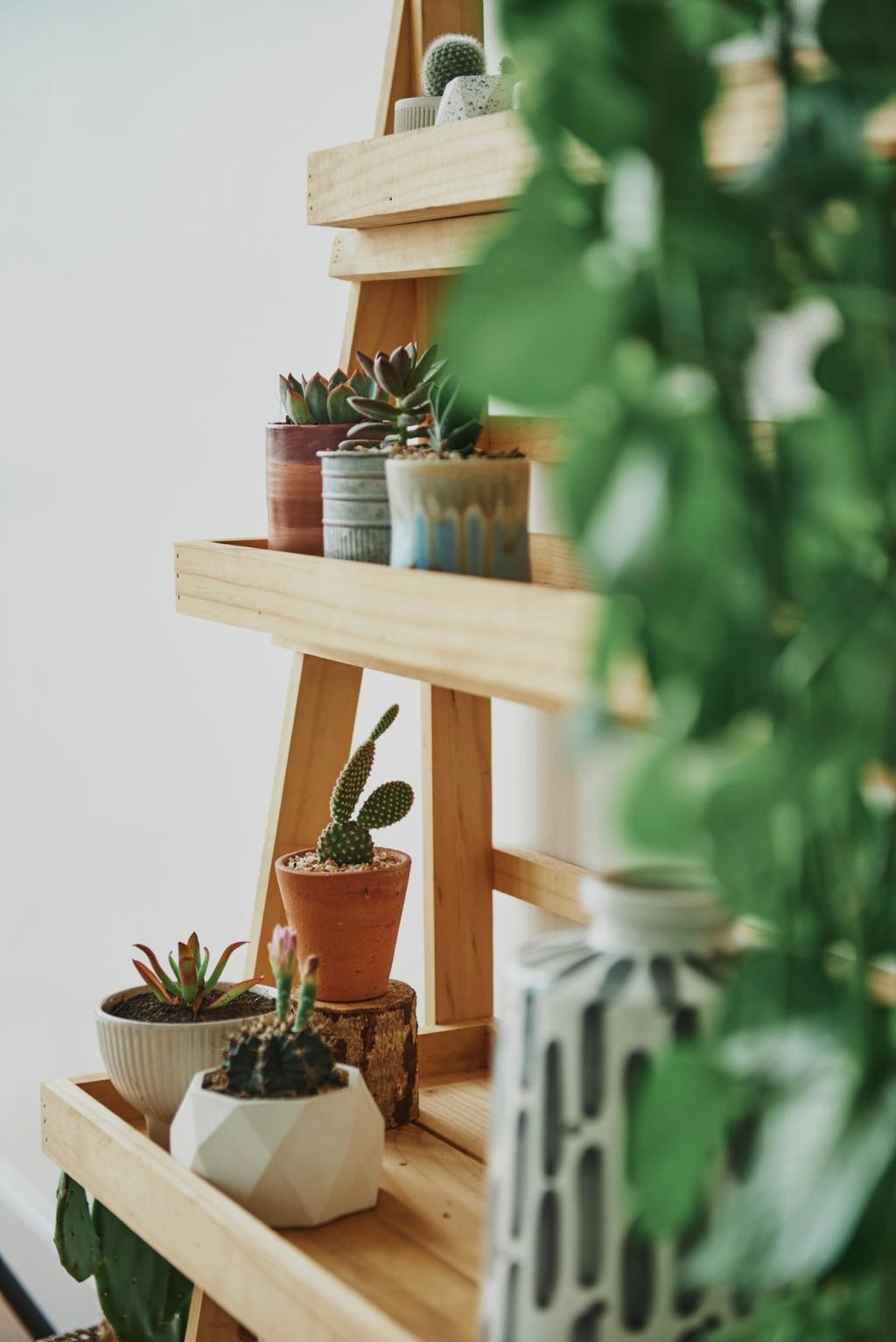
Green Materials and Textiles in Interior Design
Chosen theme: Green Materials and Textiles in Interior Design. Step into a home that breathes with natural fibers, thoughtful sourcing, and low-tox finishes—where style and sustainability grow together. Share your questions or tips below and subscribe for fresh, eco-minded inspiration.
What Makes a Textile Truly Green?
Certifications that matter
Look for trustworthy labels like GOTS for organic fibers, OEKO-TEX for chemical safety, FSC for wood-derived viscose, and Cradle to Cradle for circularity. Certifications are not perfection, but they meaningfully reduce risk, guide better choices, and help you compare options beyond marketing claims.
Traceability and honest supply chains
A green textile tells its story clearly—from farm to spinner, mill, dyer, and upholsterer. Ask brands for country-of-origin, water-use practices, and labor safeguards. Transparency encourages accountability, empowers your purchases, and helps the industry invest in healthier soils, safer workplaces, and long-term biodiversity.
Durability is sustainability
The longest-lasting sofa fabric often becomes the most sustainable choice. Durable weaves, repairable seams, and replaceable cushions extend life and cut waste. Before buying, request abrasion ratings, colorfastness data, and a swatch to test at home. Share your durability wins to guide fellow readers.

Linen and hemp: breezy strength
Linen and hemp are moisture-wicking, beautifully slubby, and remarkably strong, thriving with less water than many conventional crops. I once dressed a sunlit seaside nook with hemp drapery; the room felt calmer, brighter, and cooler. Their graceful wrinkles add soul, inviting touch rather than chasing sterile perfection.

Organic cotton: comfort without compromise
Organic cotton avoids synthetic pesticides and supports healthier soils. In a nursery project, switching to organic cotton crib sheets reduced a baby’s nighttime congestion, according to grateful parents. Choose unbleached, low-VOC-dyed options to further lower exposure. If you have sensitive skin, tell us which brands worked best.
Next-Gen Eco Textiles Worth Knowing
Tencel and modal: closed-loop softness
Made from wood pulp in closed-loop systems, Tencel and modal produce luxurious, breathable textiles with carefully recovered solvents. They drape beautifully for curtains and bedding, resist odor, and feel cool against skin. Verify FSC or PEFC sourcing and responsible dyehouses to ensure the whole story remains genuinely green.

Designing with Color, Light, and Texture
Naturally dyed hues with character
Indigo, madder, and walnut produce rich, nuanced colors that age gracefully. Seek low-metal mordants and responsible dyehouses. Naturally dyed cushions on a linen sofa can shift mood with sunlight, becoming softer and more lived-in over time. If fading worries you, rotate textiles seasonally and use sheer UV-filtering drapery.
Layering textures for wellbeing
Contrast nubby hemp with smooth Tencel, wool bouclé with crisp linen, and cork wallcovering beside cotton canvas. Texture calms visual noise and invites mindful touch. In one reading corner, a linen throw and wool pouf encouraged daily unplugged rituals. Try a texture stack and share photos with us.
Light-smart placement and longevity
Place sensitive fabrics away from harsh western windows, and consider interlinings to protect drapery. UV films and exterior shading reduce fading and cooling loads. Test swatches in situ for a week to observe changes. Your observations help others make durable, beautiful choices—drop them in the comments.
Circularity at Home: Repair, Reuse, Reimagine
Give frames with good bones new life using linen, wool, or rPET blends. I reupholstered my grandmother’s chair, preserving its curves while upgrading to a low-VOC finish. The story now sits in our living room, literally. Ask local upholsterers about biodegradable padding and water-based adhesives for a full refresh.
Circularity at Home: Repair, Reuse, Reimagine
Designer remnants can become patchwork headboards, ottoman wraps, or cushion sets. Mix complementary weaves to tell a subtle, sustainable story. Label care instructions for each piece so future you can wash wisely. If you’ve found a great remnant source, share it to help our community waste less beautifully.


Care, Cleaning, and Long Life
Gentle cleaning rituals that work
Vacuum upholstery with a soft brush weekly, blot spills quickly, and use pH-neutral soaps. For synthetics, wash inside microplastic-catching bags. Avoid dryer overuse, which weakens fibers and fades color. Small habits compound into major longevity gains, keeping pieces attractive and out of landfills for many seasons.
Repair as a design feature
Embrace visible mending: sashiko stitches on throws, hand-darned wool, or contrast piping to reinforce seams. Each repair becomes a chapter in your home’s story. Host a repair night with neighbors, trade skills, and celebrate resourcefulness. Share before-and-afters to inspire others to mend rather than discard.
Smart storage for natural fibers
Store off-season textiles clean, in breathable cotton bags with cedar or lavender. Avoid plastic bins that trap moisture and invite mildew. Roll drapery to prevent hard creases and cushion dents. With thoughtful storage, your green materials remain fresh, tactile, and ready for joy-filled rearrangements whenever inspiration strikes.
